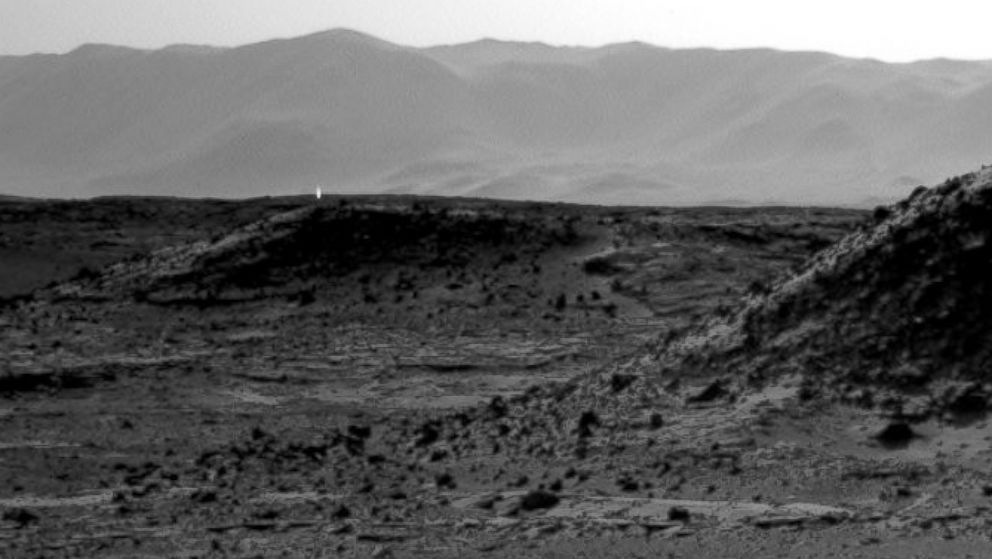Instant Index: Life on Mars? How Else to Explain This Mars Rover Picture?

From the unconventional and awe-inspiring to the hilarious and heartwarming, here's a look at some of the most interesting photos, videos and stories that have our newsroom talking today. What's capturing your attention, filling your inbox and cluttering your Facebook/Twitter feed? Tweet us the stories you're talking about using #InstantIndex, or email us at ABC.WorldNews@abc.com, and they could appear on "World News."
Stay-at-Home Moms on the Rise The number of stay-at-home moms is on the rise. Three out of 10 US moms do not hold a job outside the home. That's 29 percent, up from 23 percent in 1999. Asian and Hispanic families were the most likely to have a mom who stays home and a growing number of them said they're staying home because they're struggling to find a job since the recession.
Life on Mars? How Else to Explain This Mars Rover Picture? Could it be a Martian's campfire? A UFO? A rival planet's rover cooking along on the horizon with sterno? What appear as glints of light on new photos from NASA's Mars Curiosity rover probably are just a reflection, a glare on a lens or a technical error, but that hasn't stopped speculation about just what whatever-it-is is. "This could indicate there is intelligent life below the ground and uses light as we do," read a post on ufosightingsdaily.com. "There is not a glare from the sun, nor is it an artifact of the photo process." Justin Maki, an imaging scientist at NASA's Jet Propulsion Laboratory, NASA's lead center for robotic exploration of the Solar System in Pasadena, Calif., told ABC News that the bright spots appear to be single images taken by the rover's Navigation Camera on NASA's Curiosity rover. "In the two right-eye images [on the rover] the spot is in different locations of the image frame and, in both cases, at the ground-surface level in front of a crater rim on the horizon," Maki said. "One possibility is that the light is the glint from a rock surface reflecting the sun," he said.

(Credit: NASA)